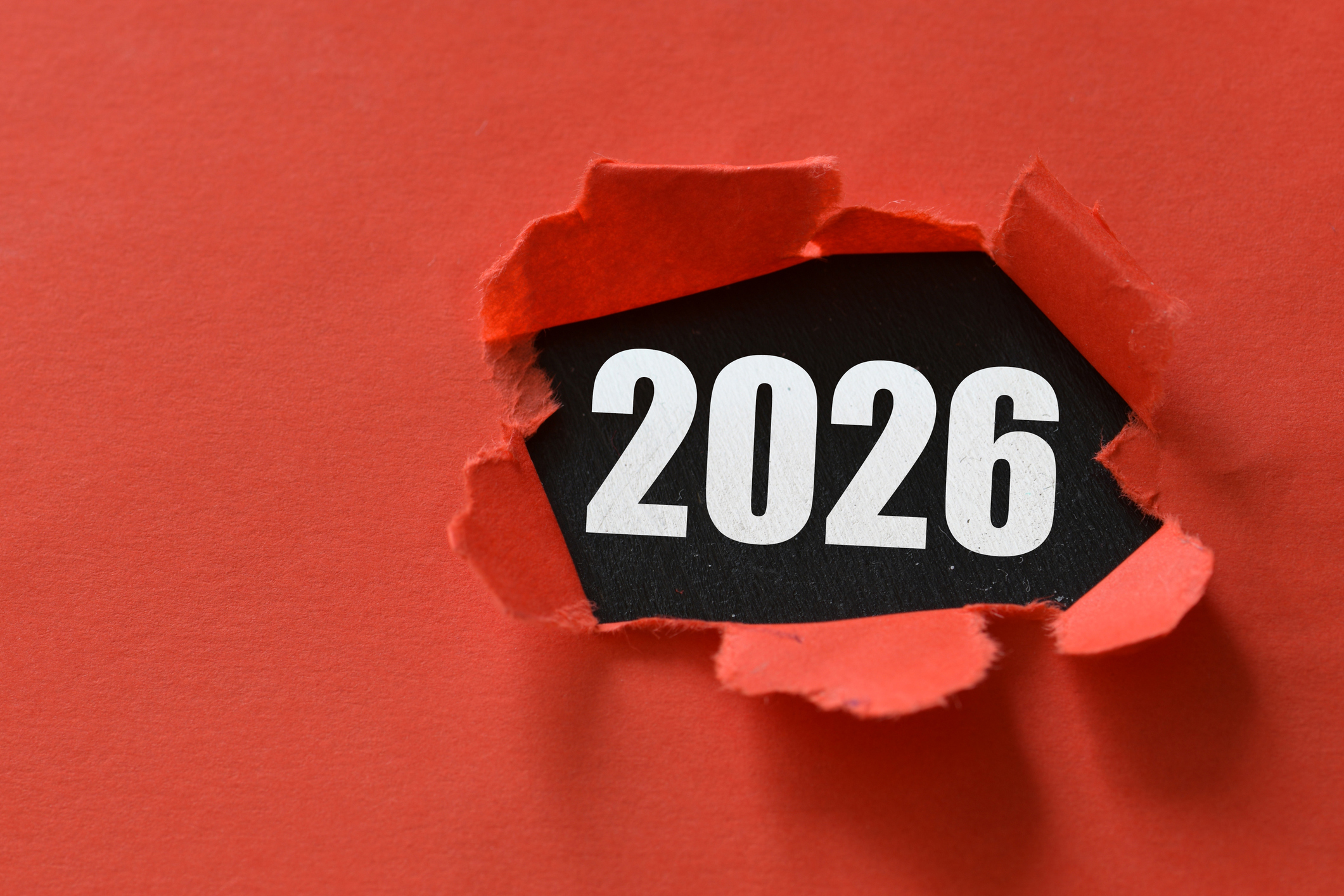How the Stock Market Can Predict Who Will Win the Presidential Election
A rising market in the months before Election Day is a good sign for the incumbent party.

A lot of people think that Election Day results foretell how the stock market will behave in the coming months and years. A Mitt Romney victory, some believe, would be good for stocks. After all, Republicans are friendlier to Wall Street than are Democrats.
But there's no historical evidence to support this notion. Indeed, since 1928, the stock market has produced ever-so-slightly better results, on average, when Democrats occupy the White House. The median price gain for Standard & Poor's 500-stock index during Democratic presidencies has been 27.5%, compared with 27.3% during Republican administrations, according to the Leuthold Group, a Minneapolis investment research firm.
Not only that, but Barack Obama -- cast by Republicans as an enemy of free enterprise -- has presided over one of the strongest stock markets since 1928. If the S&P 500 closes above 1443 on Inauguration Day (it ended at 1457 on September 24), the market's performance during Obama's first term will rank second-best of all time, behind only the results during the first term of another supposed archfoe of business, Franklin D. Roosevelt.
From just $107.88 $24.99 for Kiplinger Personal Finance
Become a smarter, better informed investor. Subscribe from just $107.88 $24.99, plus get up to 4 Special Issues

Sign up for Kiplinger’s Free Newsletters
Profit and prosper with the best of expert advice on investing, taxes, retirement, personal finance and more - straight to your e-mail.
Profit and prosper with the best of expert advice - straight to your e-mail.
No, if you want to forecast the stock market, look at price-earnings ratios, consider the troubles in Europe and China, examine analysts' earnings predictions, worry about the fiscal cliff -- look at anything except presidential polls. (See 6 Big Worries for This Bull Market.)
But if you're a political junkie like me, you'll want to use the stock market to predict who will win the election. That is something the market excels at.
Jim Stack, editor of InvesTech Research, an investment newsletter, has crunched the numbers. His findings? Since 1900, the direction of stock prices in the two months prior to Election Day has predicted the winner 89.3% of the time. "A rising stock market indicates an improving economy, which means rising confidence and increases the chance of an incumbent's reelection," he says.
Even the market's bad calls were in years when the market didn't move much in the two months before Election Day. In the three elections during which the indicator failed, the Dow Jones industrial average moved 3.1% or less during the two-month period.
The main shortcoming of Stack's work is that you can't tell the outcome until Election Day. People like me want to know sooner.
Fortunately, Sam Stovall, chief stock strategist at S&P, uses an indicator with a longer lead time. Looking at S&P 500 prices since 1900, he has found that the market action between July 31 and October 31 has correctly forecast the outcome of the presidential campaign 82% of the time.
So how are Romney and Obama doing on Wall Street? The S&P closed at 1379 on July 31 and 1457 on September 24. That's a gain of 5.7%. The market would have to drop at least 5.4% in five weeks for Romney to win -- assuming that this indicator is on the money this year.
Of course, the indicator was wrong 18% of the time. In 1912, Democrat Woodrow Wilson unseated Republican President William Howard Taft despite a rising market in the pivotal three-month period. The market also gained ground in 1932, even as Roosevelt, a Democrat, defeated Republican incumbent Herbert Hoover amidst the Great Depression. The market fell in 1956, but Republican Dwight Eisenhower still was reelected. President Richard Nixon beat his Democratic rival, Hubert Humphrey, in 1968 despite a rising market, and Republican challenger Ronald Reagan ousted Democratic President Jimmy Carter in 1980, even as the market climbed.
Stovall postulates that third parties may have played havoc with his indicator. Teddy Roosevelt ran as a Bull Moose candidate in 1912, George Wallace ran as an independent in 1968, and John Anderson, another independent, took some votes from Carter in 1980. But the indicator was just plain wrong in 1932 and 1956, Stovall concedes.
In a year during which pollsters can only get about one in ten voters to pick up the telephone to answer questions, the stock market indicator looks like a pretty good bet. I'll be watching to see how it turns out -- and, of course, with much more interest, how the market does under the winner.
Steven T. Goldberg is an investment adviser in the Washington, D.C. area.
Kiplinger's Investing for Income will help you maximize your cash yield under any economic conditions. Subscribe now!
Profit and prosper with the best of Kiplinger's advice on investing, taxes, retirement, personal finance and much more. Delivered daily. Enter your email in the box and click Sign Me Up.

-
 Stocks Extend Losing Streak After Fed Minutes: Stock Market Today
Stocks Extend Losing Streak After Fed Minutes: Stock Market TodayThe Santa Claus Rally is officially at risk after the S&P 500's third straight loss.
-
 What Bilt Cardholders Need to Know as Wells Fargo Exits the Program
What Bilt Cardholders Need to Know as Wells Fargo Exits the ProgramA major shake-up in the Bilt Rewards program could affect your credit card, rent rewards and points strategy heading into 2026.
-
 3 Major Changes to the Charitable Deduction in 2026
3 Major Changes to the Charitable Deduction in 2026Tax Breaks About 144 million Americans might qualify for the 2026 universal charity deduction, while high earners face new IRS limits. Here's what to know.
-
 ESG Gives Russia the Cold Shoulder, Too
ESG Gives Russia the Cold Shoulder, TooESG MSCI jumped on the Russia dogpile this week, reducing the country's ESG government rating to the lowest possible level.
-
 Morningstar Fund Ratings Adopt a Stricter Curve
Morningstar Fund Ratings Adopt a Stricter Curveinvesting Morningstar is in the middle of revamping its fund analysts' methodology. Can they beat the indices?
-
 Market Timing: The Importance of Doing Nothing
Market Timing: The Importance of Doing NothingInvestor Psychology Investors, as a whole, actually earn less than the funds that they invest in. Here’s how to avoid that fate.
-
 Commission-Free Trades: A Bad Deal for Investors
Commission-Free Trades: A Bad Deal for Investorsinvesting Four of the biggest online brokers just cut their commissions to $0 per transaction. Be careful, or you could be a big loser.
-
 Vanguard Dividend Growth Reopens. Enter at Will.
Vanguard Dividend Growth Reopens. Enter at Will.investing Why you should consider investing in this terrific fund now.
-
 Health Care Stocks: Buy Them While They're Down
Health Care Stocks: Buy Them While They're Downinvesting Why this sector should outperform for years to come
-
 Buy Marijuana Stocks Now? You'd Have to Be Stoned.
Buy Marijuana Stocks Now? You'd Have to Be Stoned.stocks Don't let your investment dollars go to pot
-
 4 Valuable Lessons From the 10-Year Bull Market
4 Valuable Lessons From the 10-Year Bull MarketInvestor Psychology Anything can happen next, so you must be mentally prepared.